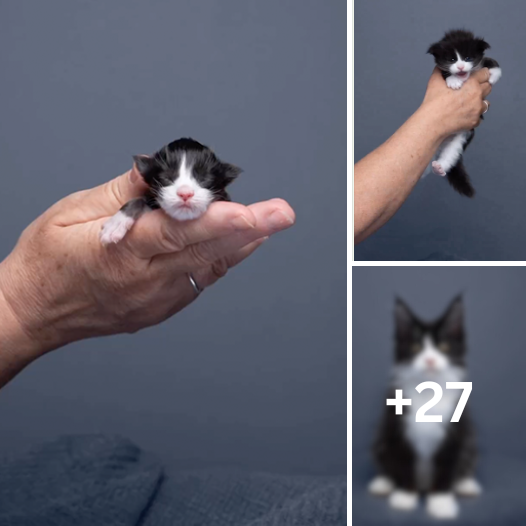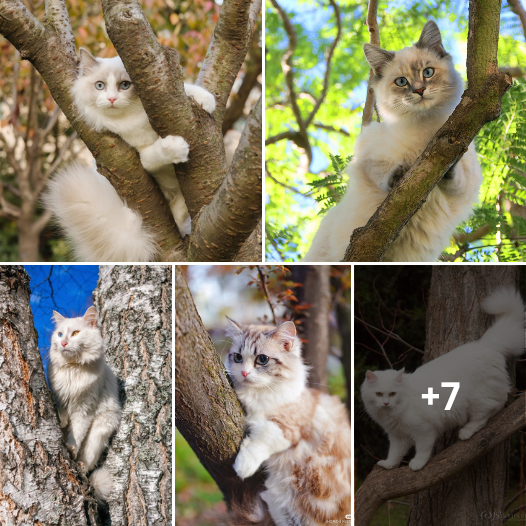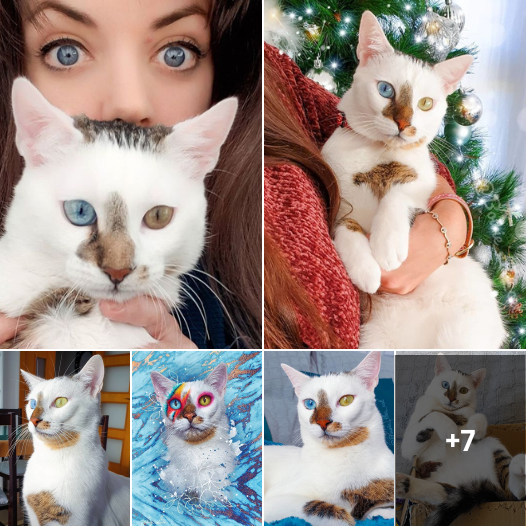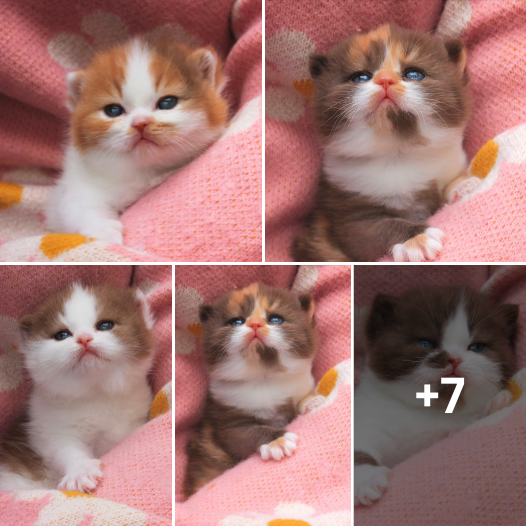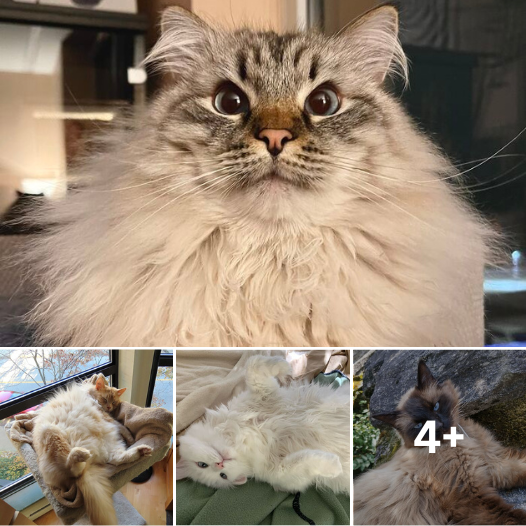Black and Gold Wonders: Unraveling the Hidden World of the Felis Salamandra Cat
Researchers have recently unveiled the existence of an elusive wild cat species named Felis Salamandra. As a subspecies of the petite Asian leopard, its rarity is accentuated by its native habitat in the dense tropical mountains. Hidden deep within valleys, which are challenging for humans to access, it’s no wonder that the Felis Salamandra remained a mystery until now.

This revelation underscores the pressing need to conserve our planet’s biological diversity and safeguard at-risk species. The alarming decline of forest-dwelling felines globally, notably in Asia, has been exacerbated by deforestation, poaching, and illicit wildlife trade, endangering their natural environments.

Distinguished by its dark fur adorned with amber speckles, the Felis Salamandra bears a resemblance to the Bengal cats. Yet, it possesses unique features not seen in its feline counterparts, such as extended claws and razor-sharp incisors. This nimbleness and agility equip the Felis Salamandra to be a dominant predator in its environment, primarily hunting birds and smaller creatures.

Given that wild species aren’t suited for zoological settings, selected cat sanctuaries, vetted for their expertise and wellness standards, will be entrusted with the care and study of this species. This arrangement ensures the preservation of this rare subspecies while facilitating research into its behaviors and ecological dynamics.

The unearthing of the Felis Salamandra serves as a significant milestone for researchers and reinforces the imperative of biodiversity conservation and endangered species protection. This find is hoped to catalyze more robust conservation strategies for wild cats and other threatened species.

Interestingly, the tale of the Felis Salamandra is a product of artificial intelligence, cleverly disseminated on April Fool’s Day. The narrative’s intent is clear: to amplify the call for nature preservation and the protection of our planet’s many wild inhabitants.

